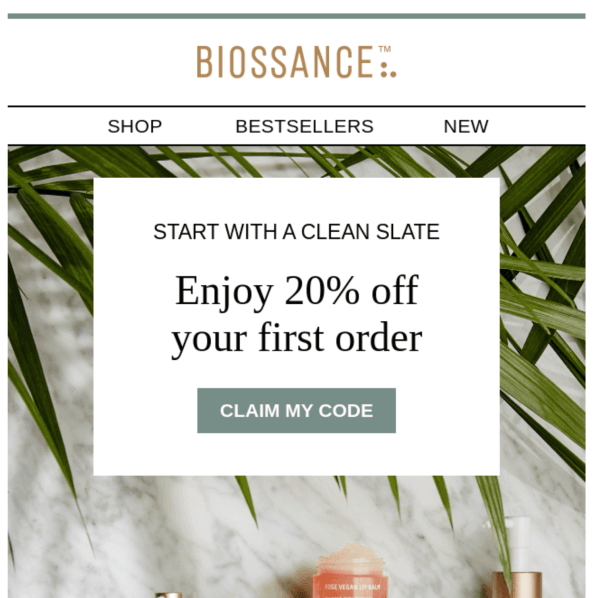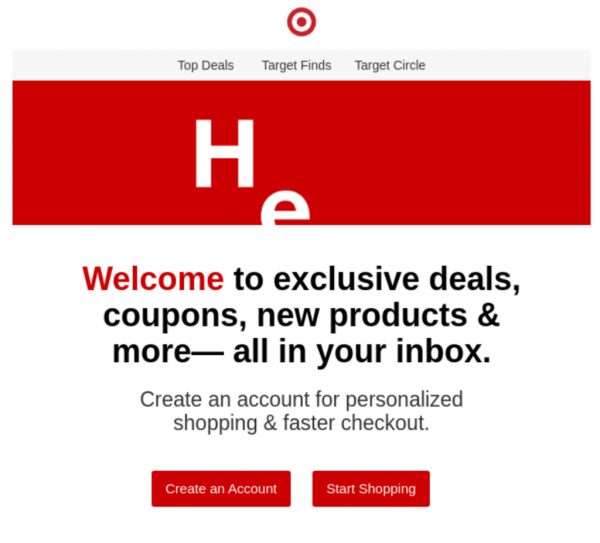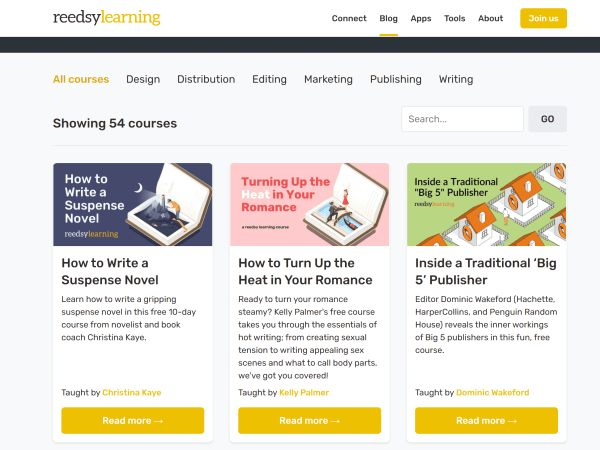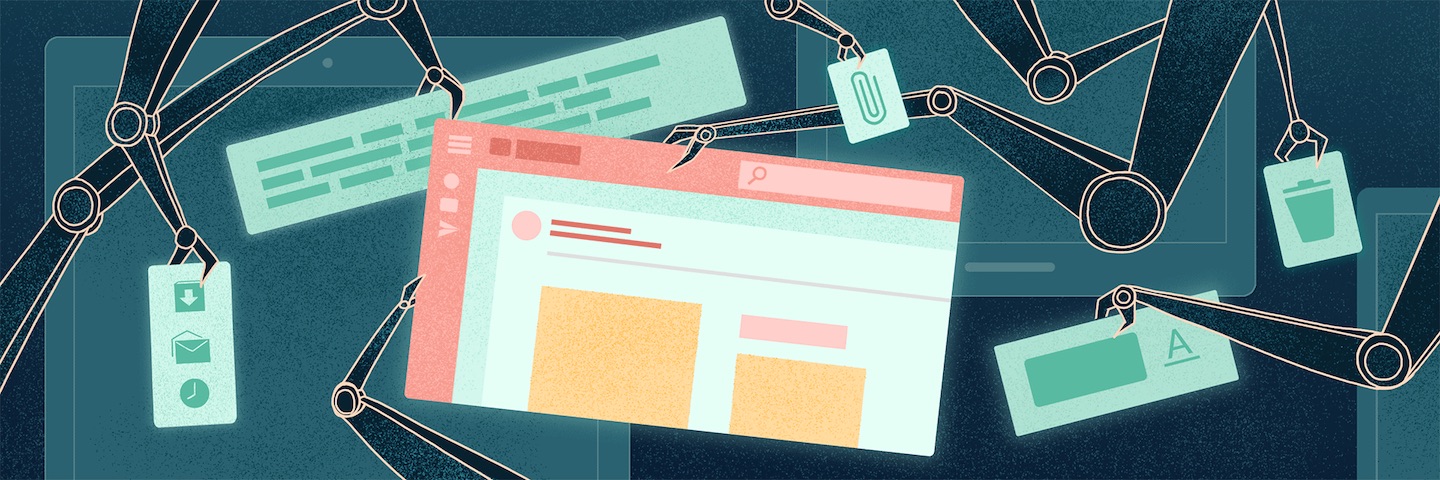The greatest thing about running an online business is the ability to build client relationships and make money when you’re not at work. One of the most effective ways to do this is by creating a system of WordPress autoresponders.
A WordPress autoresponder is an automated email sent out when someone performs a specific action on your site. These emails can be used to provide information, promote relevant products, ask for feedback, and more.
In this guide, I will explain:
- Why WordPress autoresponders are important
- Common types of autoresponders
- How to create your own WordPress autoresponder
By the end of this article, you’ll understand how to take your business to the next level with WordPress autoresponders.
Why WordPress autoresponders are important
I’ve already touched on how autoresponders can build your business when you’re not working, but autoresponders offer numerous other benefits:
- Personalization opportunities. Autoresponders allow you to create personalized marketing emails for people who complete specific actions. For example, you can create an email to recommend relevant products to someone when they purchase a specific item.
- Quality assurance. An automated email is the same for everyone who receives it, so you don’t have to worry about sending a poorly worded email when you’re having a bad day.
- Opportunities for connection. Autoresponders keep your brand in front of customers, allowing your company to create and strengthen customer relationships. Well-crafted autoresponders always include a call to action, allowing customers to continue building that relationship.
- Easy, guaranteed delivery of important information. You can use autoresponders to ensure the delivery of key information, such as user guides for products. Autoresponders are also the best way to deliver subscriber gifts and reward discounts.
Types of WordPress autoresponders
1. Welcome emails
These autoresponders are sent when a customer signs up to receive your newsletter or promotional emails. If you have an email list, there’s already an automated email for this. You can customize this email to give your customers a better idea of what kinds of content they can expect and immerse them in a branded experience.
Newsette does this well in their welcome email:

The email uses a single powerful graphic and simple formatting to emphasize the text content. This is effective because their subscribers have signed up for this type of content.
Further on in the email, they explain how readers can ensure that Newsette emails make it through their spam filters in a variety of email providers. This is a great way to improve their deliverability as well as giving customers a low-pressure call to action.

You can also use welcome emails to deliver subscriber gifts, like the discount provided in this email from Biossance:

Your welcome email can also ask customers to interact with your brand in a new way, such as creating an account in your shop. The welcome email for Target’s newsletters does this effectively:

2. WooCommerce emails
These WordPress autoresponders are sent whenever someone completes a specific action in the ecommerce area of your site. Some email marketing tools, including MailPoet, offer integration with WooCommerce to make this possible. Some may also offer integration with other ecommerce tools.
Autoresponders can be used for several ecommerce-related purposes:
Abandoned cart emails
This type of email autoresponder is sent when a customer leaves an order partially filled out. These emails boast some impressive statistics:
- 45% of recipients open abandoned cart emails
- 21% of abandoned cart emails convince customers to click through to your website
- Between 10% and 20% of abandoned cart emails result in conversions
In other words, if you haven’t set up an abandoned cart email for your ecommerce site, you’re leaving money on the table.
To be effective, an abandoned cart email should be short and focused on the call-to-action. You can also use this email to create a sense of urgency, as Food52 has done in the email below:

You can also use a discount to sweeten the deal, like Alex Mill has done in their abandoned cart email:

Customer rewards
Another great way to use WordPress autoresponders is to thank your customers with rewards. For example, when someone makes their first purchase from your store, you might reward them—and encourage them to shop more—by providing a discount on their next purchase.
There are several other times when you might want to reward your customers:
- When they purchase a specific item
- If they purchase an item during a specific period of time
- When they spend over a certain amount in your store
- If they post a review on your site
- If they share your products with friends
- When they’ve been subscribed to your list for a specific period of time, such as a year
- On their birthday
The most obvious reward to offer is a discount, but there are other options. For example, you can reward people with a free product, as Starbucks has done in the email below:

Another option is to create a rewards program and give your customers extra points for a specific purchase. The following email from Chipotle is a great example of this:

Building a customer rewards program is a lot of work, but it can be a great way to deepen relationships with your customers.
Promotions
Email autoresponders can also be used to promote products or services. For example, when someone purchases a specific product, you might send them an email about similar products.
Amazon is probably most well known for this, as the company uses its algorithms to email you with information about products similar to items you’ve looked at or purchased. However, you don’t need fancy algorithms to make this work. You can promote items in the same category or use your WooCommerce analytics to determine what products people usually purchase together.
These WordPress autoresponders can be useful in a variety of situations:
- When someone purchases a product from a specific category, send an email promoting other items in that category
- If someone leaves a favorable review, let them know about similar products
- If someone purchases a refillable product, send an email encouraging them to purchase a refill when a certain amount of time has passed since their last purchase
You can make these emails even more appealing by adding a discount, as Louie Spence has done in the email below:

You’ll note that this email also specifies why the customer is receiving this email: they looked at courses but didn’t purchase. This isn’t mandatory for promotional autoresponders, but it’s a great way to show your customers that you’re paying attention to them.
Review requests
Reviews are the lifeblood of any successful business, and WordPress autoresponders are one of the best ways to ask for them. You can write a request email once, set it to go out when someone purchases a specific product, and never worry about requesting reviews again.
The key to success with this type of autoresponder is to make sure you give customers enough time to use your product. If your product is digital, this might only be a few days. If you sell physical products, however, you’ll also need to include time for shipping. This might mean setting your autoresponder to go out 3-4 weeks after someone makes a purchase.
You also want to keep your request short and direct. Mountain Hardware uses only a couple of sentences, combined with large call to action buttons, in their review request:

The copy in TradeGecko’s review request is a little bit longer, with added emphasis on how reviews help the company improve its product. This makes customers feel like their opinions are valued, giving them more reason to leave a review.

3. Email courses
Email courses are an excellent way to establish your company as an industry leader and build trust with your audience. These courses are generally used as signup bonuses and delivered by autoresponder.
Email courses are a great option for bloggers, who often have a multitude of educational content they can update and convert into course lessons.
One great example of this is the free SEO mastery email course offered by Leanne Wong:

You’ll note that this email is quite simple. There are no fancy layout elements or branding. The focus is on the text, and there’s plenty of it. Since the goal is to teach a lesson, course emails tend to run longer than other email autoresponders.
Some companies offer multiple email courses to help their audience develop a variety of skills. Reedsy is a great example of this, with over 50 email courses about different aspects of book publishing:

Creating an email course is a considerable amount of work, but it’s a great way to deliver value to your audience and establish your knowledge. If you’re not sure where to start, check out our guide on the topic!
How to create WordPress autoresponders
Now that you understand how autoresponders work and how they can be used, I’ll walk you through how to create one of your own.
1. Determine the types of autoresponders offered by your email marketing tool
The amount of automation you have access to largely depends on the email marketing service you use. Some email marketing tools only let you customize the automated welcome message your subscribers receive.
Other tools let you create email autoresponders triggered by a variety of behaviors and events. This can include things like subscribing to your newsletter, looking at a product in your store, making a purchase. Some tools even let you create custom autoresponder triggers.
Another factor is the plan you’re using. Some services restrict advanced automation to higher-tier plans. This means you may only have access to some of the autoresponder options your tool offers.
2. Choose your goal
WordPress autoresponders can do a variety of things, but each email should focus on achieving one goal.
This goal will determine the type of autoresponder you create (within the limitations of your software). For example, if your goal is to increase the number of reviews posted on your site, you’ll want to create an after-purchase autoresponder that requests reviews.
The most common goals for email autoresponders are as follows:
- Educating your audience
- Increasing sales
- Getting more customer feedback via email
- Increasing the number of reviews on your site
- Asking people to share your brand with others
- Rewarding customer loyalty
If you’re struggling to choose a goal, ask yourself what would make the biggest difference to your business right now.
3. Plan your content
Every marketing email should be drafted, revised, and proofread before you send it into the world. This is no less true for autoresponders.
Your autoresponder plan should include:
- The goal of your autoresponder
- What action or event triggers the email(s)
- The number of emails
- An outline for the content of each email, including specific details of any discounts or other rewards
You can then use this plan to write high-quality copy. If you’re working on something like an email course, you can also use this plan as a basis for marketing the autoresponder.
4. Write your content
Next, you’ll need to write the content of your email. Remember to follow some basic rules for effective email marketing:
- Keep your content short; course lessons can be longer than marketing messages, but should still be concise
- Focus on the call to action
- Emphasize why this action is good for your customer, not how it benefits your company
- Use personalized elements like names where possible
These rules will help you develop content your audience will actually engage with.
5. Set up the autoresponder in your software
Now it’s time to plug those drafted messages into your email marketing tool. The details of this process will vary based on the tool you’re using.
To create an autoresponder in MailPoet, simply go to the “Messages” area and click “Add New”. This will open a screen displaying the types of messages you can create:

Several types of autoresponders are included in this list:
- Welcome emails
- Post notifications
- Abandoned cart
- First purchase
- Purchased in this category
- Purchased this product
Note that all ecommerce autoresponders are enabled through integration with WooCommerce.
Once you’ve chosen the type of autoresponder you’re creating, you’ll be asked to establish some parameters. Usually these are basic details, like how much time must pass after an action is completed for an email to be sent out.
After this, the process is much the same as
6. Study the results
WordPress autoresponders are designed to market your business when you’re not around, but this doesn’t mean they should be static documents. Track how well your autoresponders perform in analytics and use this data to refine the content and offers within.
Of course, you don’t want to spend all of your time staring at analytics. Create an appointment with yourself to go through the data for these emails once a month. As you notice trends, such as the call to action that gets best results in promotional autoresponders, use these to update your emails.
Final advice
WordPress autoresponders are some of the most powerful marketing tools at your disposal. You can use them to educate your audience, strengthen customer relationships, sell products, and get reviews.
To create your own email autoresponders, use the following six step process:
- Determine the autoresponder options provided by your email marketing software
- Choose a goal for your autoresponder
- Plan your content
- Write the copy
- Set up your email
- Study the results
Most of all, make sure you take advantage of all of the autoresponder options available to you. You don’t want to miss an opportunity to connect!



